Debunking The 7 Biggest Dog Food Myths. How Many Have You Heard?
29.03.2022.
What we eat has a direct impact on how we feel and our health. Our food choices also influence our chances of developing many chronic diseases such as obesity, diabetes, heart disease, and cancer. The same can be said for dogs and cats.
You can apply to World Dog Finder here. We review applications regularly. Once accepted, you have the ability to fully use the World Dog Finder website as a breeder.
All dog breeders registered with their national kennel clubs are eligible to become a member of World Dog Finder. However, we do not accept all cynology associations. If you are a member of AKC (USA), CKC (Canada), The Kennel Club (UK), or FCI, you are eligible.
Once you join World DogFinder’s breeder program, you will get access to buyers across the world visiting World Dog Finder. You will have a profile where you can publish all the info about your kennel. Buyers can contact you directly, and you can post your dogs for sale completely free of charge.
There are no additional fees. After registration, you can add dogs for sale as much as you want to and they will automatically be placed in all groups they belong in.
Every breeder must upload a verification document that proves they are a part of national cynology associations or kennel clubs. Our team manually checks every breeder to make sure that only official breeders will be accepted.
The Internet can provide a wealth of dog food information and tips. Unfortunately, it adds to the number of dog food myths, misbeliefs, and disinformation. Here's a look at some of the most popular dog-feeding urban legends on the internet and the facts that lay behind them.
1. Lamb is a hypoallergenic meat source
Nothing in one meat is inherently less allergenic than another. Originally, lamb meat was included in dog foods for dogs with common protein allergies (chicken). The main reason for it was that most dogs had never eaten it before, making it unlikely that they developed allergies. With so many of us eating lamb on a regular basis, manufacturers have been forced to seek out alternative "exotic" animal protein sources such as venison, duck, or bison.
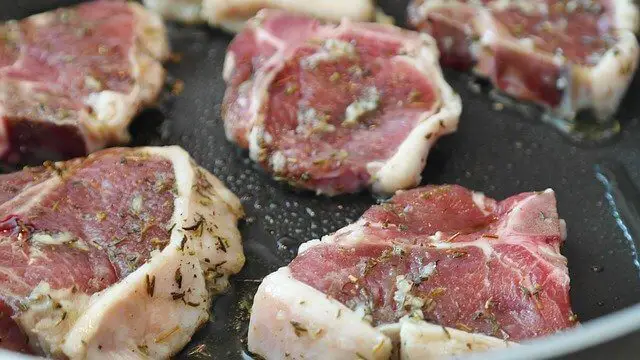
2. Dry food (kibble) is good for cleaning your pet's teeth
This is equivalent to claiming that eating crackers will keep our teeth clean – incorrect! Dry food, in fact, promotes dental problems because it contains a lot of carbohydrates, which break down into sugar. Because dogs' saliva lacks the enzyme amylase, which breaks down starch, bacteria in the mouth feast on these sugars. This causes fast tartar and plaque buildup, which is certainly why kibble-fed dogs typically have more oral issues than dogs exclusively fed raw diets and bones.

Raw meat contains enzymes that aid in plaque and tartar buildup prevention, and the ground-up bones can act like a doggy toothbrush for your pet while they are eating.
3. Meat is better than meat meal
When checking a dog food's ingredient list, is it better to go with the one that has meat or meat meal listed as the main ingredient? Choose a meat meal if you want to get the most in regard to meat nutrients from the recipe. Ingredients are listed in such a way that ingredients with the most weight, which includes all the water within them, are listed first. When chicken is listed as the main ingredient, it refers to unprocessed chicken which includes its water content. Chicken meal is still chicken, but the difference is that it was produced in such a way that the fat and water are removed. It is lighter than chicken but contains a significantly higher protein percentage.
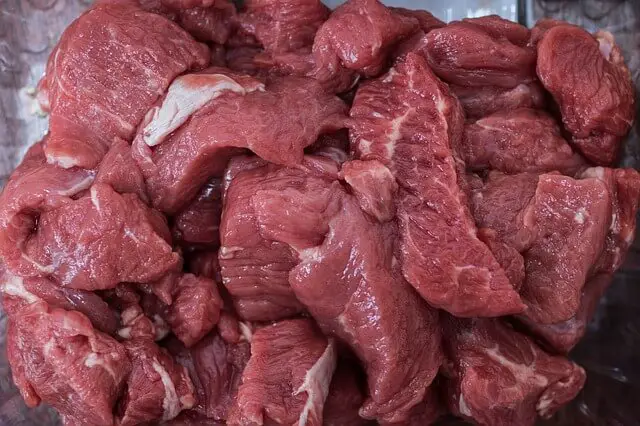
4. Feed raw eggs to your dog for a shiny coat
This is something we’ve heard since we were children and started overhearing advice regarding dog food and nutrition. However, we have never found a single study that proves it. The concept isn't without legs. It is true that eggs are high in fat, vitamins, and protein. These nutrients are necessary for healthy hair and skin growth and health.
Biotin is one of these vitamins, and it is essential for cell development and fatty acid metabolism. Biotin is believed to be beneficial to human hair. However, this may be due to the fact that deficiencies can result in hair loss. Even though egg whites contain loads of avidin, which is a biotin inhibitor, egg yolks have enough biotin to compensate. High-fat diets have been scientifically proven to aid glossier, thicker, and softer coats in all dog breeds and may benefit the coat more than eggs.

When it comes to feeding them raw, it's true that cooking destroys the avidin. Still, some people believe it also eliminates the vitamins. Of course, there is still the issue of raw eggs containing salmonella, with the FDA warning against feeding raw eggs. On the other side of the debate, there are dog naturalists that advocate raw egg feeding.
The most important thing to remember is that eggs are a good protein source as well as a great source of other nutrients, but it is unlikely to promote a shiny coat any better than any other good diet.
5. Dogs should not eat human food
Vegetables, lean meats (without skin or bones), most fruits, and yogurt are all excellent additions to your dog's diet. Some, such as blueberries and kale, can even be considered "superfoods," providing significant health benefits. People food adds some fresh ingredients to the bowl – and fresh is always good – while also providing a nice variety of nutrients to pets. Certain human foods, however, such as onions, grapes, and raisins, should NEVER be fed to dogs or cats. So, unless you know it's safe, don't feed anything to your pets.
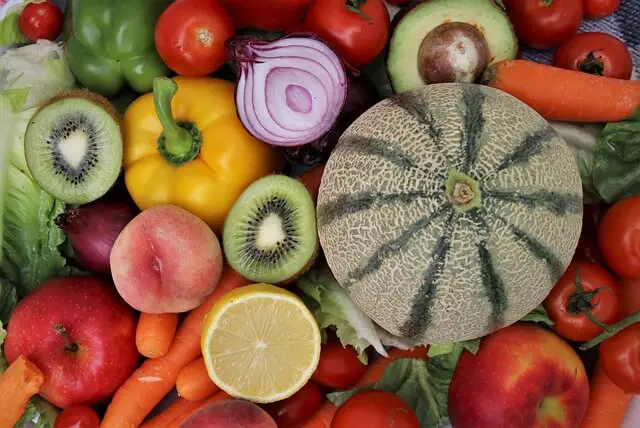
6. Never feed pork to your dog
A quick Internet search revealed several sites warning away from the dangerous pig, including the theory that pork's relatively high-fat content will quickly cause pancreatitis in dogs (despite the fact that pork contains slightly more than 30% of the fat found in beef). Other claims are that pork contains something toxic nutrients that will destroy our dogs' livers (an undefined component), that pigs' diet is disgusting and involves things like bugs, and a theory that claims pig meat is challenging to come by.
Dog food manufacturers sell pork-based products. Its scarcity could simply be due to the fact that so most pig parts are used for our food. Snouts, feet, and other parts simply don't arrive at the dog food manufacturer's plant. Most canine nutritionists are not going to recommend uncooked pork as a high-quality raw ingredient because of the risk of trichinosis.
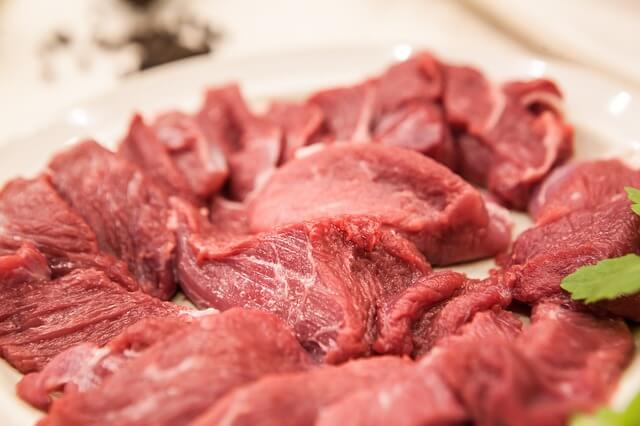
The truth is that pork is an easily digestible, fantastic animal protein. It is an excellent amino acid source and an unusual protein source dogs are not typically exposed to. Actually, pork is less dangerous and most dogs will not get an allergic reaction to it, unlike many other protein sources. We suggest pork as a fantastic protein source because it has more calories per pound. After all, it's not called the "other white meat" for no reason.
7. Change neither the formulas nor the brands
The truth is that switching up your dog's diet has a number of advantages. For starters, it ensures that they are getting a diverse range of nutrients from various proteins and other ingredients. Second, if your pet eats the same thing every day, they are more likely to develop an allergy or intolerance to that food. Many dog owners are hesitant to change their pet's food because they have witnessed what happens to their dog's poop! On the other hand, healthy dogs should have no trouble eating a variety of ingredients and foods. Including digestive enzymes and probiotics can aid in any transition issues.
In conclusion
So, how many of these urban legends do you believe? We hope that our research will assist you in making food choices for your pet that are based on credible evidence rather than marketing claims or something you've heard. Separating fact from fiction will go a long way toward ensuring that your dog or cat lives a long, happy, and healthy life.
World Dog Finder team



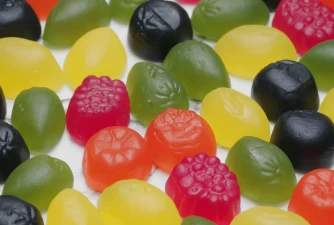
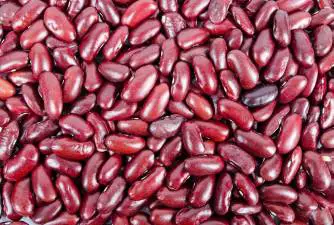


Share